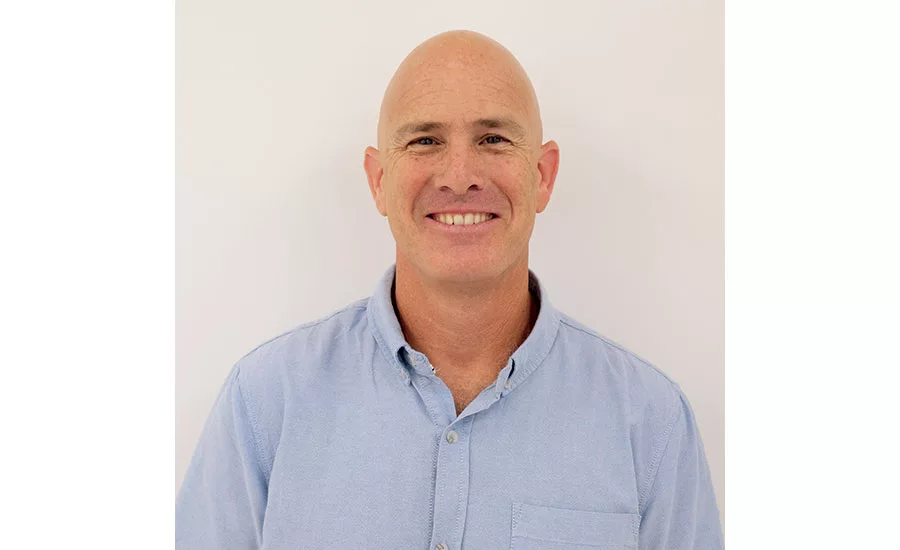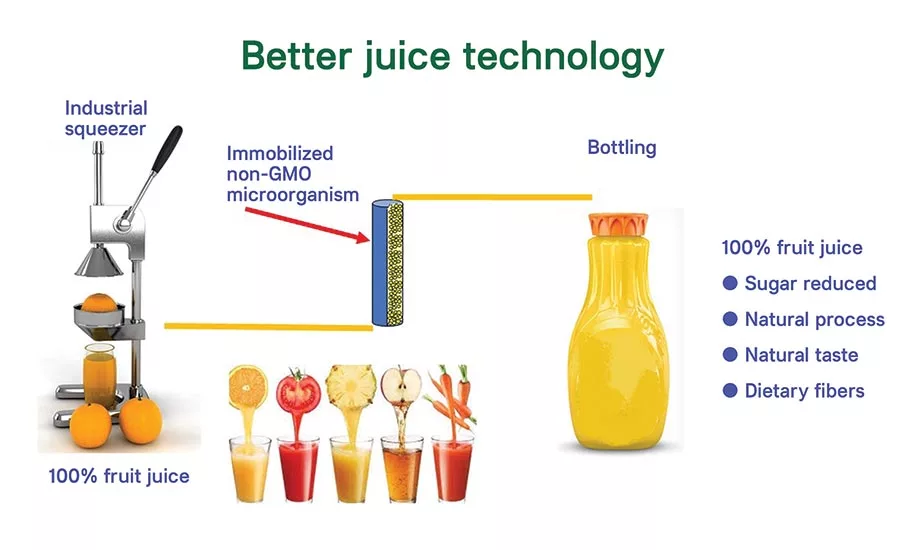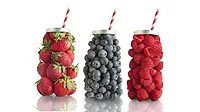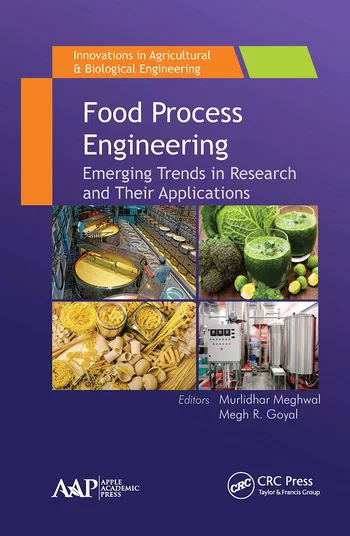Engineering R&D
Better Juice Uses Innovative Process to Reduce Sugar in Orange Juice
The long-standing problem with processed "fresh" orange juice has been that it's packed with sugar and has little, if any, fiber

Eran Blachinsky, founder and CEO of Better Juice

Better Juice’s technology runs squeezed orange juice through a column with a patented microorganism that converts sugar to fibers without changing flavor or texture. The company is working on a similar process for apple juice.
If your favorite breakfast beverage—other than coffee—is orange juice, you know that it’s not doing you any favors when it comes to sugar. One 8-oz. cup of OJ typically contains nearly one ounce (25 grams) of sugar—even though it contains the vitamins and minerals you find in produce. If you’re looking for any kind of fiber (soluble or insoluble) health benefits, you’re not getting much help from your OJ, which has virtually no fiber content. Apple juice is no better: 28 grams of carbohydrates (25 grams sugar) per 8-oz. serving, with no fiber.
There must be a better way—other than tomato juice, which adds tons of salt you don’t need. Better Juice Ltd., of Ashdod, Israel, has developed innovative technology to reduce the load of simple sugars in orange juice. This patent-pending enzymatic technology uses all-natural ingredients to convert monosaccharides and disaccharides (fructose, glucose and sucrose) into prebiotic and other nondigestible fibers and sugars while keeping the beverage’s juicy flavor.
Better Juice’s process harnesses a natural enzymatic activity in non-GMO microorganisms to convert a portion of the simple fructose, glucose and sucrose sugars into fibers and other nondigestible sugars. The process works on all types of sugars, yet preserves the flavor and full complement of vitamins and other nutrients inherent in the fruits. Better Juice’s technology was developed in collaboration with Hebrew University in Rehovot, Israel.
“This natural and nonfermentative process occurs without adding or removing ingredients,” says Eran Blachinsky, PhD, founder and CEO of Better Juice. “It also will not alter the flavor or aroma of the juice.” Better Juice uses an advanced solution that involves one short and simple pass-through step in the juice-making process, allowing the product to be marketed at a price point comparable to other premium juices.
“While the process does slightly reduce the sweetness of the juice, it actually brings out more of the fruit flavor, making for a better-tasting juice product overall,” explains Blachinsky. Better Juice conducted several trials with different beverage companies and succeeded in reducing orange juice sugars 30 to 80 percent. The startup can now provide a proof of concept for orange juice.
Better Juice will market an advanced device with the technology first to fruit juice producers and eventually to other markets. I asked Blachinsky to fill us in on more details.
FE: How long has this process been in development?
Eran Blachinsky: We started the project in the middle of 2017, when I collaborated with Dr. Roni Shapira from the Hebrew University. During this time, the research was done very slowly as my budget (my investment) was relatively low. In December 2017 we joined the Israeli incubator The Kitchen Hub, which invested in the seed round. At this time we established Better Juice company. Since then we developed our lab prototype and started to scale up.
FE: What is your association with Hebrew University?
Blachinsky: The project started with the help of Shapira using the Hebrew University facilities. As a result, the Hebrew University owns the patent, giving us exclusive licensing rights of the technology.
FE: What are the advantages and health benefits of turning sugar molecules into prebiotic fibers?
Blachinsky: The benefits of a “good” microbiome population in our intestine is well known through thousands of scientific publications. Dietary fibers are consumed by the “good” microbiome, thus giving them an advantage over the “bad” microorganisms in our gut.
The calories we receive from eating dietary fibers are coming from the microbiome as amino acids or proteins. Altogether, the flowchart of our product is the following: Bad sugar is converted to dietary fibers that are favoring the good microorganisms in our gut over the bad ones. These microorganisms consume and convert the dietary fibers to amino acids, proteins.
FE: Is the process capable of being done in-line, or does it require time (like fermentation in yogurt making)?
Blachinsky: The process requires time but not like fermentation of yogurt. It is a continuous process with a residence time of one hour in the column. One can decide the capacity for a working day, and we will manufacture the device that will fit to the needs.
FE: What kind of equipment is needed that a juice processor may not already have? Is this equipment specialized and readily available?
Blachinsky: The overall equipment we use (pumps, heat exchangers …) is widely used. The design of the column and the smart component of the non-GMO microorganisms are unique.
FE: Is there an intellectual property aspect to the process? In other words, is specialized software needed to run the process?
Blachinsky: We have an IP that is our pending patent, but there is no software.
FE: What kind of throughput can be expected in this process compared to the standard juice process?
Blachinsky: Throughput can be adapted according to the specific needs and scale of the company. It’s based on a one-hour residence time in the column. The capacity of the column can be adjusted according to output requirements.
FE: Does this process make the juice taste more acidic?
Blachinsky: Yes. Note we treat only sugar; no other juice components are altered. By reducing the sugars we are reducing the sweetness only. Reducing it by 30 percent results in a better, tastier juice than the original, as the natural flavor is enhanced.
FE: What other juices lend themselves to this process?
Blachinsky: We tried orange juice and are working now on apple juice. We indeed have plans to make it applicable to other fruits and foods containing sugar naturally. This is in working development.
FE: What is the expected increase in consumer cost, say per liter, over standard orange juice, whether strained or with pulp?
Blachinsky: The added cost for the manufacture is 10 cents.
FE: For those who prefer some pulp in their orange juice, how does Better Juice’s process fit in?
Blachinsky: The process will treat all types of juice, including with pulp.
FE: Is the equipment available now should juice producers be interested?
Blachinsky: Today we are still at lab scale with plans to scale up soon. We believe that by the end of 2019 we will be able to start selling our device worldwide.
For more information, visit www.better-juice.com.
Looking for a reprint of this article?
From high-res PDFs to custom plaques, order your copy today!








